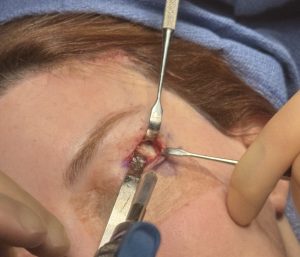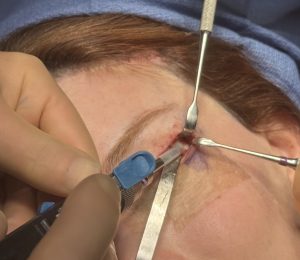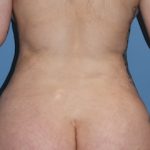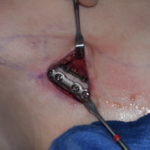The most common form of bone reduction around the eyes is brow bone reduction. While well bone reduction can be performed in men and women for gender-specific reasons and there are different techniques to do so this is a well known and established facial reshaping procedure. The typical access for brow bone reduction is a superior one through either a frontal hairline or retro scalp incision. The objective of this typical brow bone reduction is to lessen its prominence particularly that over the medial frontal sinus area.
While reduction of the tail of the brow bone can be performed from this superior approach it can also be done so from an inferior upper eyelid incision. This is known as transpalpebral brow bone reduction in which the outer half or temporal part of the brow bone can be reduced. The indications for a transpalpebral approach are several. One not uncommon indication is as a secondary brow bone reduction procedure. And this indication the tale of the brow bone was not addressed during the initial superior brow bone reduction. The appeal of a secondary superior approach is understandably low and the transpalpebral access makes for an equally effective procedure that is less invasive. Another indication is for the female patient who is bothered by the protrusion of the tail of the brow bone. This is win it sticks out a naturally and is a very visible prominence. A third indication is in the temporal lift patient in which reduction of the tail of the brow bone and release of the tissues can make the lift more affective and long lasting.


The transpalpebral incision provides access to 90 degrees of the orbital rim, the tail of the brow bone and the lateral orbital wall. It can not go past the supraorbital nerve notch in the brow bone or below the level of the corner of the eye. But in the part of the orbital rim that can be seen it provides the ability to achieve a reduction just as good as seen from above.
Dr. Barry Eppley
World-Renowned Plastic Surgeon



